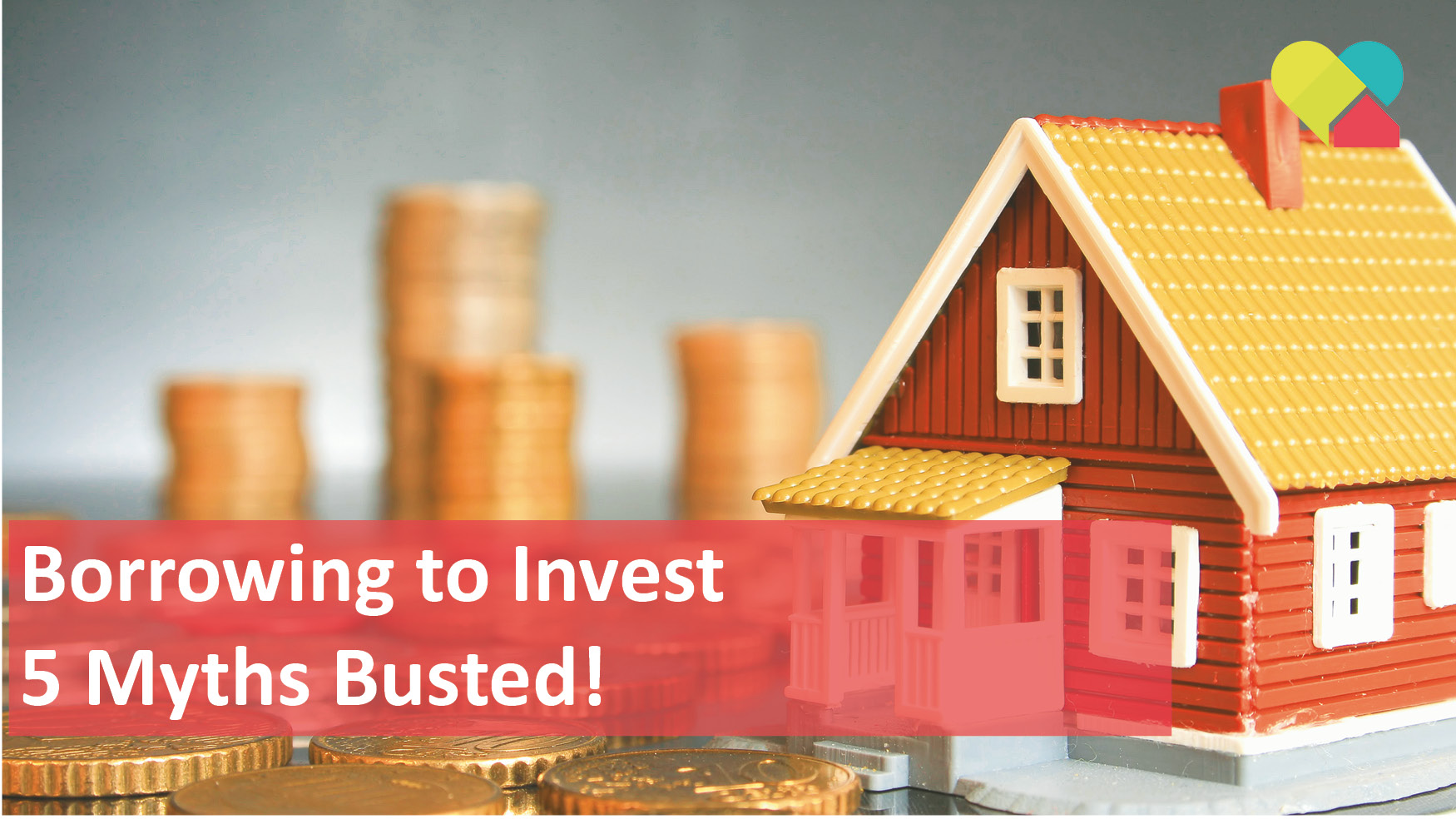
Borrowing to Invest – 5 Myths Busted!
There’s a lot of hearsay around that can prevent people from starting, or growing, an investment portfolio. Let’s take a look at five myths when it comes to borrowing money to invest.
1. Leverage is super risky
Leveraged investing does come with risks but it also can come with rewards.
The key is to understand the various risks and to decide how you’ll mitigate each one of them.
Ask yourself whether you can sleep at night with the measures taken to reduce the risks?
Talk this over with a trusted adviser who understands the risks and rewards of leveraged investing and who also knows you well.
Always remember that any investment strategy, leveraged or not, comes with some risk, so the best advice is typically not to avoid investing, but to manage those risks appropriately.
2. Debt equals bad news
Debt in and of itself is not necessarily a bad thing and, of course, there is good and bad debt.
Bad debt includes high-interest debt that is used for personal consumption for which you can’t deduct the interest costs, for example, the dreaded credit card is the most common and costly example.
On the other hand, good debt, is used to acquire assets that will appreciate in value over time.
3. Leveraged lending is reserved for the wealthy
Before you embark on any strategy where you borrow to invest, you need to have sufficient cash flow to easily make your payments on the debt.
Don’t rely on the borrowed money to generate the income to pay off your debt.
The wealthier you are, the easier this becomes but even if you’re not a wealthy person, and have lower cash flow, this doesn’t mean borrowing to invest is a bad idea.
What it should mean is that generally you should borrow less than what a wealthy person might borrow but it can still be an effective and rewarding strategy.
4. Returns must match your interest costs
There is definitely a break-even rate of return you’ll need to achieve if you’re borrowing money to invest.
A myth that many people believe is that to break even your pre-tax rate of return on the borrowed money needs to equal your pre-tax interest costs, but that’s not correct.
Your after-tax rate of return needs to equal your after-tax interest costs.
5. Interest costs are always tax-deductible
If you’re going to borrow to invest, it’s very important to keep your interest costs tax-deductible.
You see, claiming the deduction for the interest you’re paying on the loan will save you tax.
These tax savings are an important benefit to leveraged investing and will affect your effective rate of return and break-even rate of return.
Generally, you can deduct interest where you borrow to earn income, but if your interest costs cease to be fully deductible, the benefits of the concept are reduced.

